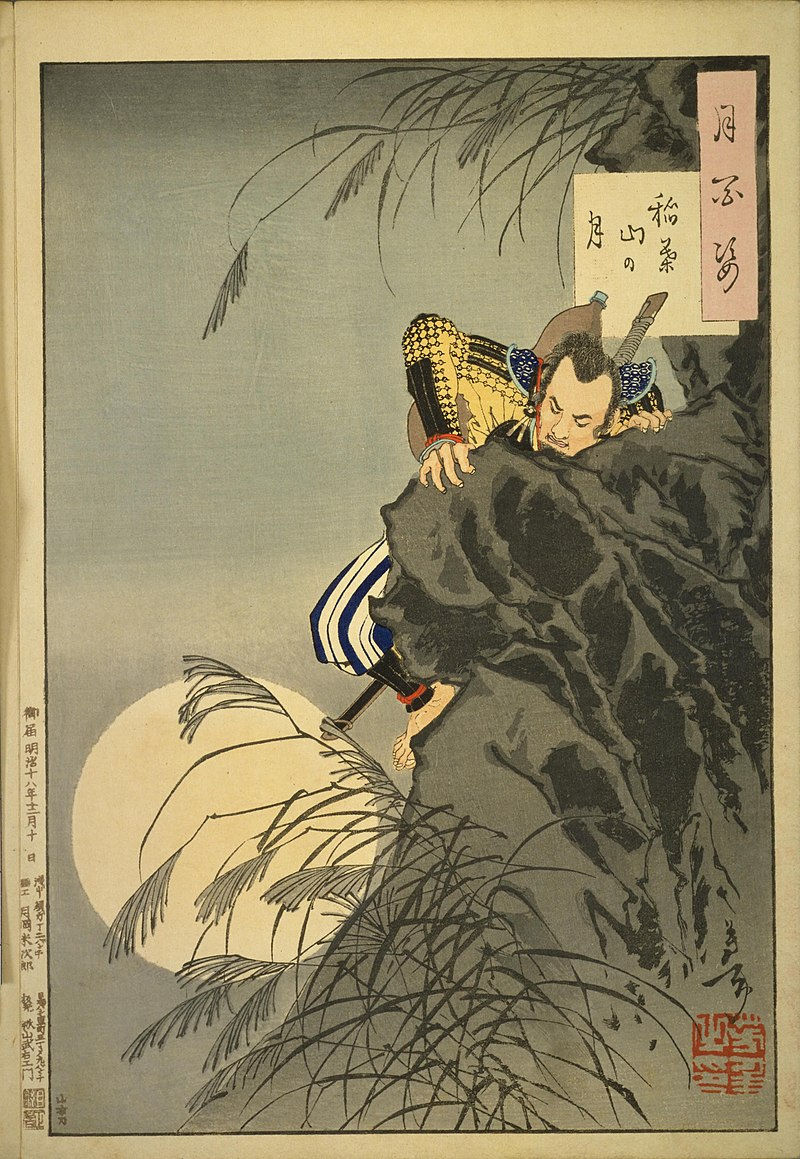Takeda Shingen
- 2304583d
- Aug 4, 2024
- 2 min read

Takeda Shingen (武田 信玄) (1521–1573) was a prominent Japanese daimyo (feudal lord) during the Sengoku period, a time of intense military conflict and political fragmentation in Japan. He was known for his strategic acumen, military prowess, and leadership.
Early Life and Background
Birth and Family: Takeda Shingen was born as Takeda Katsuchiyo in 1521. He was the son of Takeda Nobutora, the head of the Takeda clan. Shingen was raised in the Takeda family's stronghold in Kai Province (modern-day Yamanashi Prefecture).
Succession: Shingen became head of the Takeda clan in 1541 after a power struggle with his father, who was eventually deposed. Shingen’s leadership marked the beginning of a new era of military expansion and consolidation for the Takeda clan.
Military Achievements
Strategic Genius: Takeda Shingen was renowned for his innovative military strategies and tactics. He was known for his use of cavalry, particularly his famous "Takeda cavalry," which was highly disciplined and effective in battle. His strategies included effective use of terrain, psychological warfare, and efficient supply lines.
Notable Battles: Shingen fought numerous battles and was a key figure in the struggle for dominance in central Japan. Some of his notable battles include:
Battle of Kawanakajima (1553–1564): A series of clashes with Uesugi Kenshin, another powerful daimyo. The battles were fierce and showcased Shingen’s tactical brilliance, though the outcomes were inconclusive.
Expansion and Defense: Shingen expanded his territory significantly, conquering neighboring regions and defending his lands against rival clans. His domain reached its height under his leadership.
Political and Administrative Reforms
Governance: Shingen implemented several reforms to strengthen and consolidate his rule. He improved infrastructure, such as roads and fortifications, and fostered economic development in his domain. He was known for his fair and effective administration, which contributed to the stability and prosperity of the Takeda clan's territory.
Legal Codes: He established a set of laws known as the "Takeda Code," which aimed to regulate various aspects of governance and military discipline.
Death and Legacy
Death: Takeda Shingen died in 1573 under somewhat mysterious circumstances, though it is generally believed he died from illness. His death led to a power struggle within the Takeda clan, weakening its position.
Legacy: Shingen is remembered as one of Japan’s most skilled military leaders and a prominent figure in Japanese history. His strategic innovations and leadership style have been studied and admired in Japanese military history. He is often depicted in popular culture, including literature, film, and television, as a symbol of martial prowess and leadership.
Shingen’s life and achievements significantly impacted the Sengoku period and the development of feudal Japan, making him a key historical figure.




Comments